
Get Instant Solution By an Expert Advisor
(4.8)


Plastic is in nearly everything we touch. From grocery bags and water bottles to chairs and electronics, plastic has become a part of daily life. But most of it doesn’t go away. Once the plastic is discarded, it takes hundreds of years to break down. It builds up in everything from landfills and oceans to the air we breathe. This is not just a pollution issue. It affects public health, wildlife and even the economy
Roughly 3.5 million tonnes of plastic waste are produced in India each year and that number keeps climbing. Delhi, Mumbai and Chennai are being overrun with people. Landfills in many local areas are filled to capacity. A lot of plastic is either burned or dumped into rivers. It is possible for burning plastic to create toxic gases. When plastic waste blocks drains and animals that consume the plastic end up harmed
Establishing a recycling plant is both good for the business and addresses an increasing problem. Yet, the process needs careful consideration. This article explains how you can start setting up a plastic waste recycling plant, step by step
Plastic waste recycling is more than just collecting and melting plastic. It includes sorting, cleaning, shredding, and converting it into reusable material. Each step must follow rules under the Plastic Waste Management Rules, 2016, which were later updated in 2022.
Plastic types matter. Some plastics like PET (Polyethylene Terephthalate) and HDPE (High-Density Polyethylene) are easier to recycle. Others, like PVC or multilayered plastics, require advanced methods.
There are different ways to recycle plastic. Choose based on your budget, location, and available plastic waste.
This is the most common type. It does not involve chemicals. The plastic is cleaned, melted, and then it is reused as raw material.
This method breaks plastic down at the molecular level. It creates fuels or new chemicals. It needs advanced equipment and more funds.
Some plants burn plastic to generate heat or power. This method is less eco-friendly and not widely used in India due to pollution concerns.
The plant must be built in an industrial zone approved by the State Pollution Control Board (SPCB). Residential zones are not allowed.
The land must meet these conditions:
If you are unsure where to set up, talk to your local District Industries Centre (DIC) or Industrial Development Authority. They will help you find industrial plots.
Plastic recycling is a regulated activity. You must follow the Plastic Waste Management Rules, the Environment Protection Act, and Factory Laws.
Here are the licenses you need:
All these permissions must be renewed on time. Running without licenses can result in plant closure or heavy fines.
Recycling plants need machines for sorting, washing, shredding, drying, and pelletizing. These machines can be bought from approved vendors. Choose semi-automatic or fully automatic systems based on your budget.
Common machines include:
The plant will need a regular supply of plastic waste. You can collect from:
Plastic recycling involves heat, fumes, and noise. You must reduce risks to workers and the environment. Install air filters, noise controls, and fire safety systems.
Also make sure:
Use only approved chemicals. Follow Occupational Health and Safety (OHS) guidelines. Regular checks by local inspectors will take place, so stay compliant.
EPR for Plastic Import Registration
Once plastic is recycled, it is turned into pellets or products like:
Sell these to factories, wholesalers, or retailers. You can also supply plastic granules to industries that mold new items.
Many businesses also tie up with government buyback schemes or CSR programs.
Setting up a plastic recycling plant is more than a project. It is a step toward a cleaner, safer world. With the right licenses, location, machines, and team, you can turn waste into wealth. You reduce pollution, protect health, and create jobs.
If you’re ready to take the next step, we can help you through every stage of the setup—from planning to legal registration and compliance. Reach out to us today to get started with your plastic waste recycling plant.
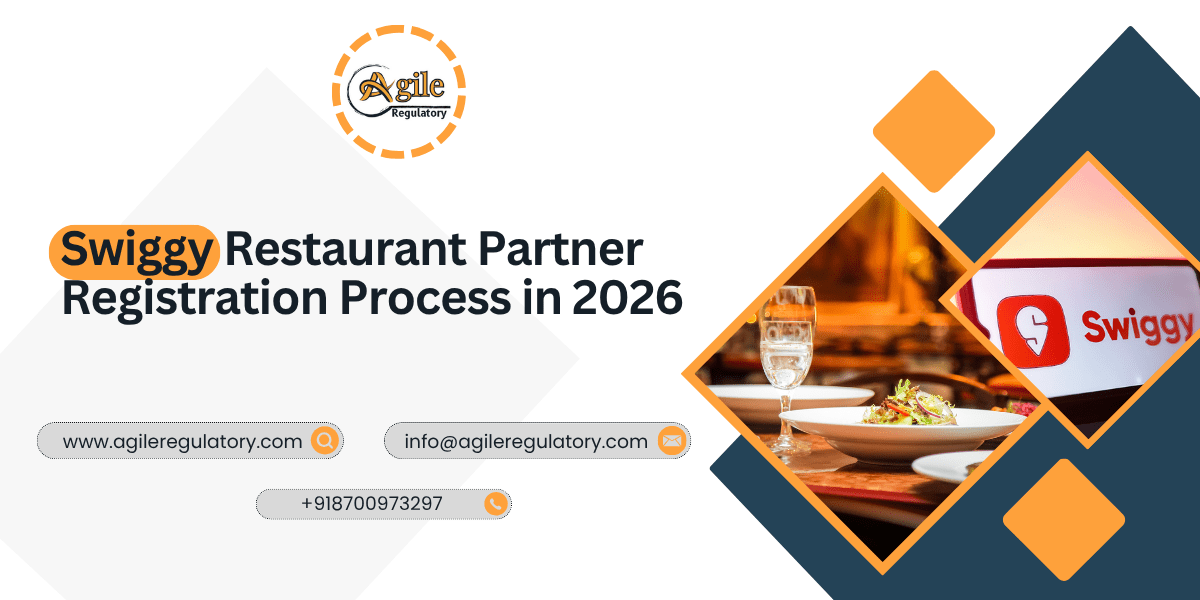
 Nishi Chawla
Nishi Chawla
17 Oct, 2025
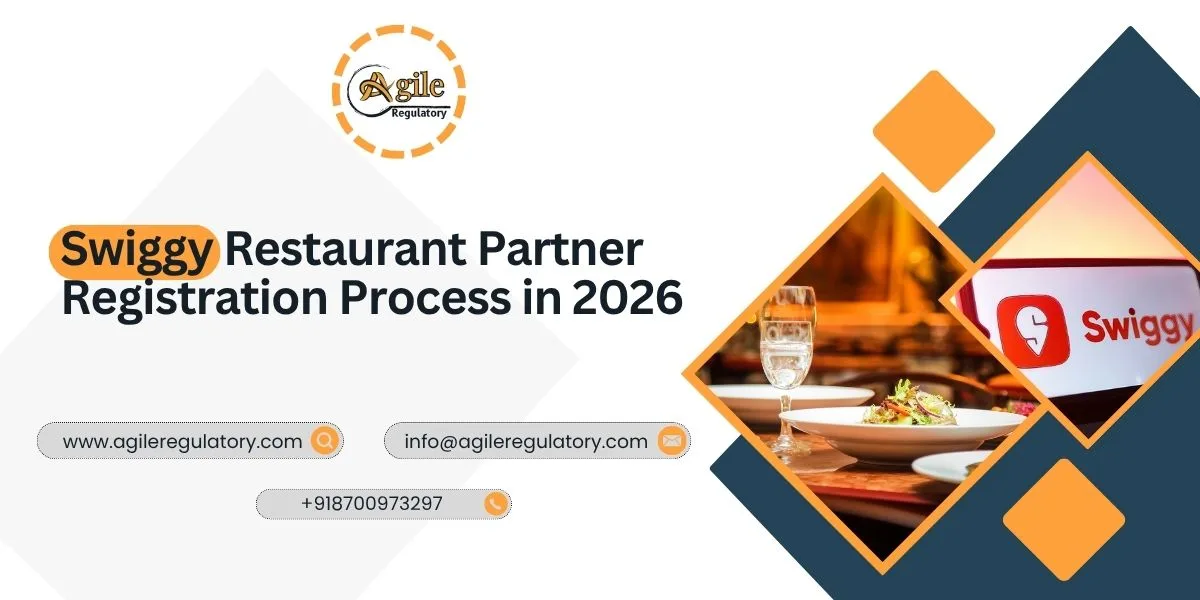
 Nishi Chawla
Nishi Chawla
17 Oct, 2025

 Nishi Chawla
Nishi Chawla
15 Oct, 2025

 Nishi Chawla
Nishi Chawla
15 Oct, 2025
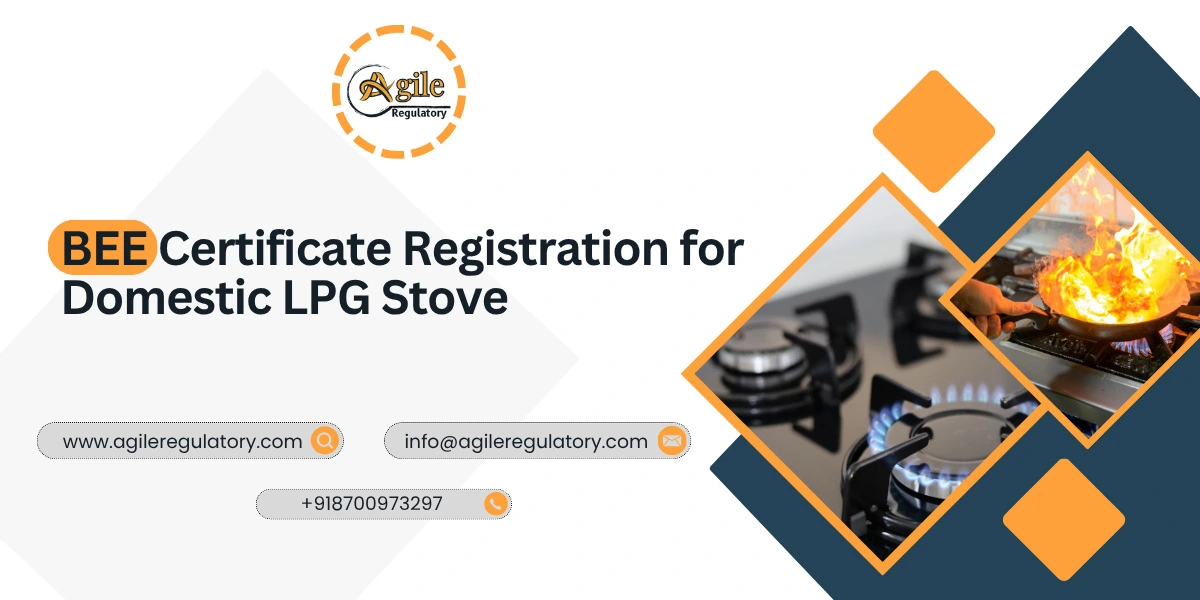
 Nishi Chawla
Nishi Chawla
14 Oct, 2025

Get Instant Solution By an Expert Advisor
(4.8)
We simplify compliance through a proven 4-step process: Consultation, Documentation, Submission, and certification. From understanding requirements to getting final approvals, we deliver a smooth, timely, and fully compliant journey for your business.
What our customer says about us
Fantastic support from the team. Their expertise transformed our approach, driving remarkable outcomes. A must-have partner for businesses seeking effective consulting solutions. Highly recommended.
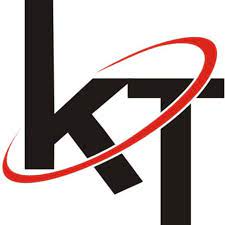
KTPL Instruments
Agile Regualtory delivers exceptional solutions. Their insightful guidance streamlined our processes and boosted profitability. Highly recommended for businesses seeking expert consulting services to thrive.

Justrack IOT
Impressed by Agile Regulatory's expertise. Their strategic insights and practical solutions have elevated our business operations. A reliable partner for effective consulting services. Highly recommended for growth-focused businesses.
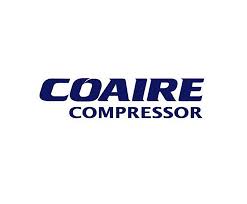
Coaire Compressor
Extraordinary consulting services. Their insightful solutions and dedicated team reshaped our business, driving remarkable improvements. Highly recommend it for transformative results.

Easy Polymer
Incredible experience with Agile Regulatory. Their innovative strategies and expert advice revitalized our business model, resulting in impressive growth. Highly recommend their exceptional consulting services.

Tarus International
Top-tier consulting! offered strategic solutions that revolutionized our approach. Their deep expertise and personalized guidance made a significant impact on our success. Highly recommend their services.

Anchor Weighing
Agile Regulatory exceeded expectations! Their tailored solutions, expertise, and proactive approach led to remarkable results. Highly recommend for businesses seeking impactful and strategic guidance.

AM Capacitor
Outstanding service! delivered targeted solutions with professionalism and expertise. Their insights elevated our business strategies, resulting in noticeable growth. Highly recommended for exceptional consultation.

Imaxx Pro Aquistic
Leave a Reply
Your email address will not be published. Required fields are marked *